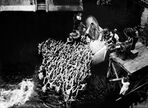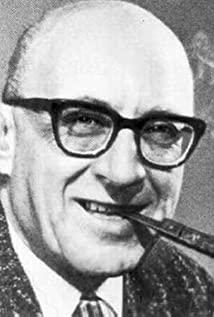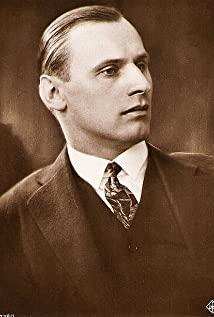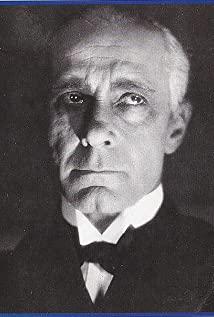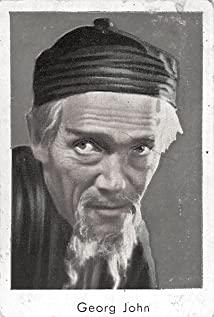The film deals with gender, religion, and society, and all kinds of factors are complexly intertwined.
1. Emotions
Robots are made by scientists and capitalists. The capitalists demanded that the soul of the woman preaching to the workers be given to the robot, and the scientist did so, but set the robot to obey only the scientist. Scientists want to take revenge on the capitalists, not only for the capitalists for their love, (Kezi and Kezi knew each other before, they both adore H, H and Mary look similar. HEL and the capitalists gave birth to a boy, an aristocratic boy, and died) but also against technology It is the revolt of the capital's vassals. Scientists have always wanted to get Hull HEL ie Mary. There is a scene where a scientist chases Mary with a flashlight. It is worth pondering. The beam of light is teasing, illuminating Mary, and capturing her. Grab, break free. Use "beams of light" to tease instead of physical touch.
This is the emotional line between scientists, capitalists, HEL, noble boys, and Mary.
2. Society
Mary advocates peace, which is the method finally achieved by the nobility, with the heart as a bridge between the brain and the body. Ask the workers to wait for the nobility - the emergence of the heart. The robot incites the workers, 1. The worker destroys because of hatred, 2. Because of love, he notices that the child has stopped destructive behavior. The worker's destruction leads to the loss of the child. Children, need to live and reconcile with the capitalists. In the end, the mind harmonizes the brain and the body. The heart is a heart of compassion and sympathy. The body is labor. The scheme of Mary and the nobles was realized.
The capitalist did not stop the workers. First, he used the fact of destruction as the basis for punishing the destroyers. Second, there were no violent institutions in the film, and neither the army nor the police appeared. The absence is that capital has no connection with the government. So he has no violent force at his disposal to stop the vandals.
This is the line of class struggle, where the proletariat's programless and disorderly way of struggle compromises survival. With the sympathy and compassion of noble boys as a bridge, class contradictions ebb.
3. Technology
People down town are bewitched by robot incitement, factories are damaged, and children are frightened by injuries. The people in the upper city are subject to the seven deadly sins (arrogance, jealousy, rage, laziness, greed, gluttony, and lust), and the film only shows lust and madness. Here is the metaphor that technology is the devil. Technology is the devil causing total disruption. But at the same time, technology is the basis for the existence of the metropolis. The power supply of factories and the tools produced by workers are good. At the same time, the product of science and technology, the machine, is something that workers get along with day and night when they are oppressed physically and mentally, and it is bad. The resulting complex emotions for technology. Today’s society also has mixed feelings about technology.
The chaos caused by the robot is divided into two parts. The flood in the lower city is resolved by the noble boy and the good Mary, and the chaos in the upper city is not resolved, which is manifested as a conflict between workers and citizens.
The above is a discussion of technology.
4. Religion
A version of the incomplete translation of the story into a religious story is that the people lived in the fiery heat of water, and God ignored them, gradually complained, and found Mary for spiritual answers. Mary taught people to wait patiently for a savior to appear. Finally the savior appeared, and just as he was about to act, the devil hated God and gave Mary the appearance of the devil's puppet. The fury of the workers was fanned, and the workers suffered the consequences and launched a flood, thinking they had lost their children. Provoked the lust of the citizens. But in the end, the good Mary saved the child from the flood. The devil failed to defeat the savior, and failed to truly disturb people's minds. The rescued people are willing to follow the noble boy - the savior and the good Mary, reconcile with God, and the world will be restored.
Although the chapter contains many religious elements, it seems that the entire film can be regarded as revolving around such a religious story framework, but whether the characters in the film correspond one-to-one and whether the plot development corresponds. So that it can be said that this story is essentially a religious story without the forms of science fiction? Hard to say. A religious story cannot be generalized, but it is admitted that it does approximate a religious story.
5. Feminism
The shaping of the images of Good Mary and Machine Mary. Good Mary is asexual, the image of the Virgin. The depiction of his sexuality could be avoided, and the two kissed only when a nobleman said he was willing to be a "heart". However, the scientist showed a strong possessiveness, with two chases, a light beam teasing, and a body in his arms. Machine Mary is lustful and wanton. It must be said that such female shaping is indeed provoking male desire. Default the eyes behind the film as male eyes.
View more about Metropolis reviews



